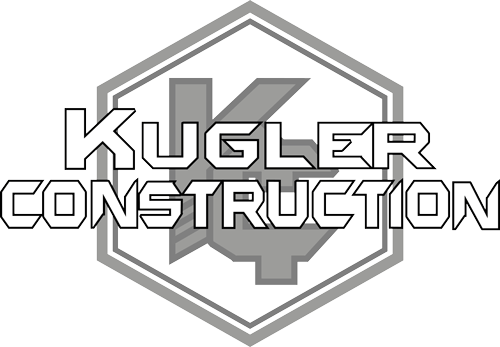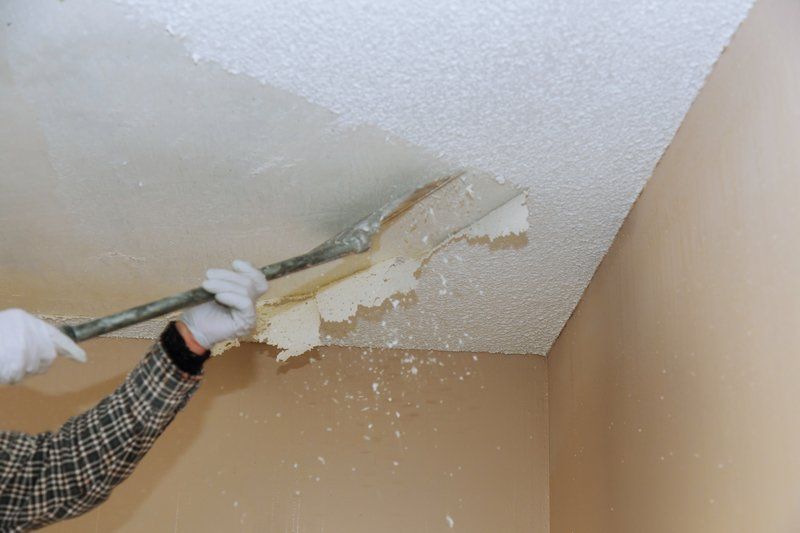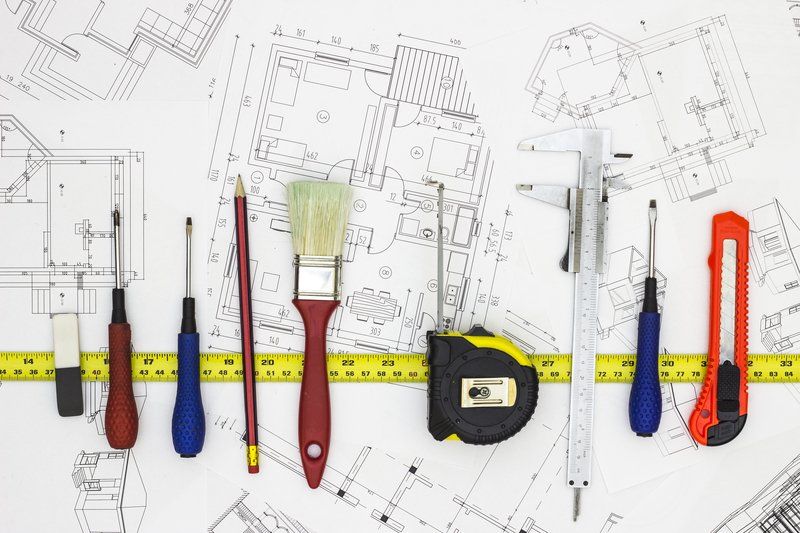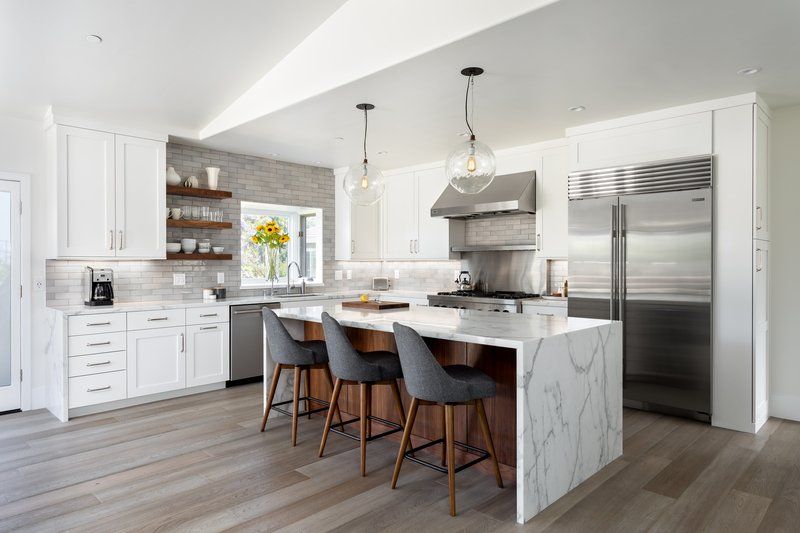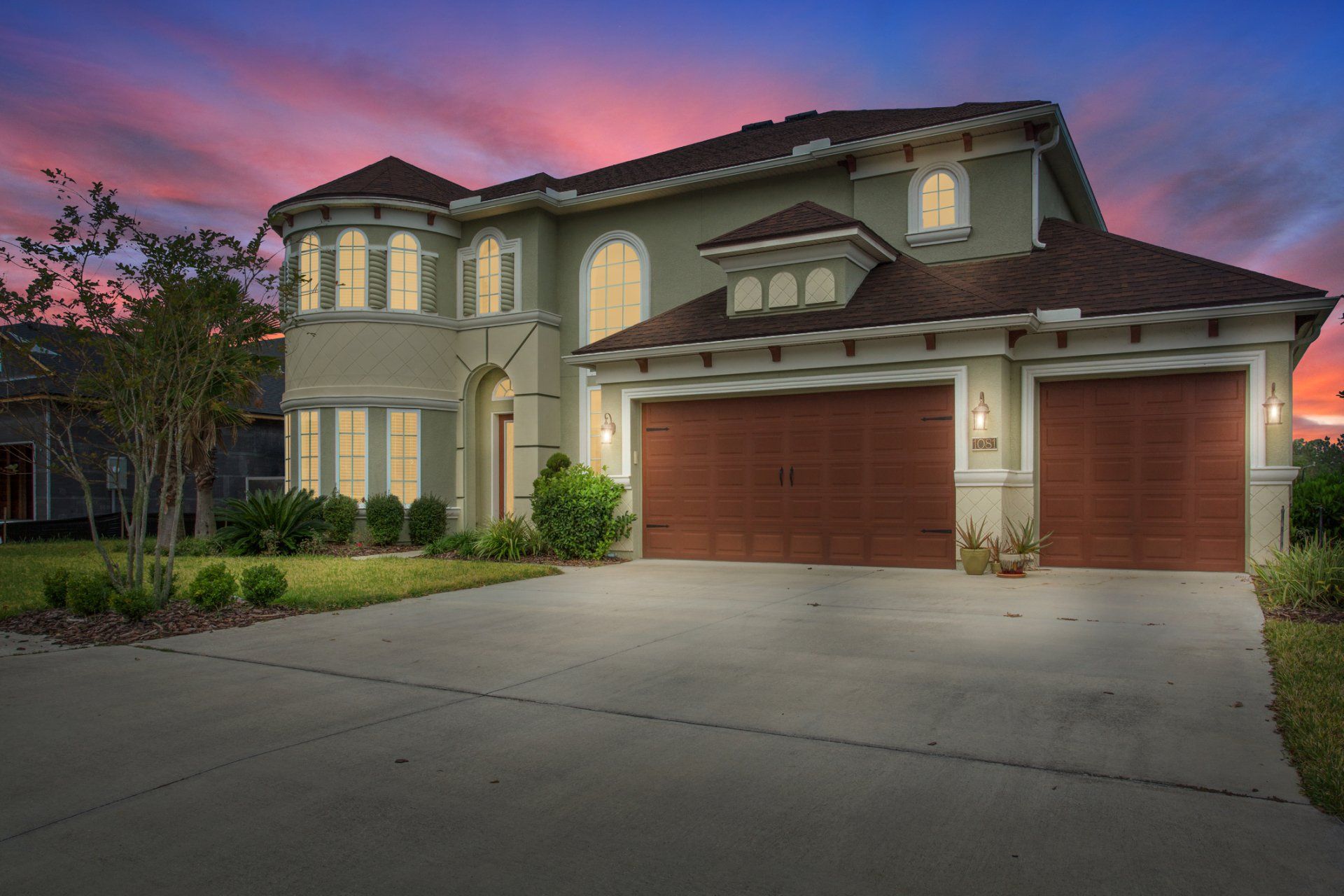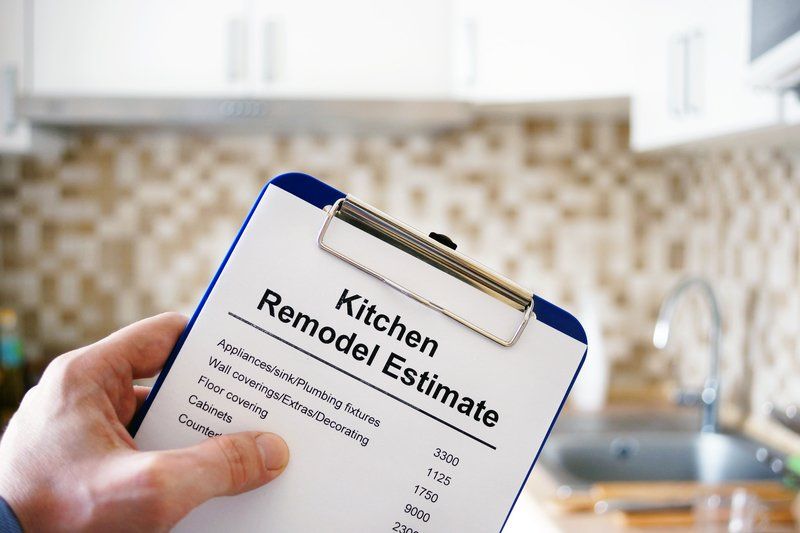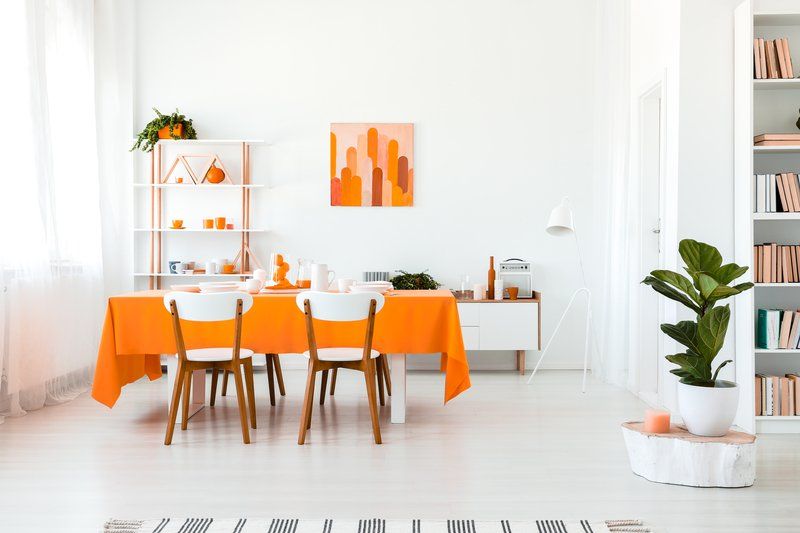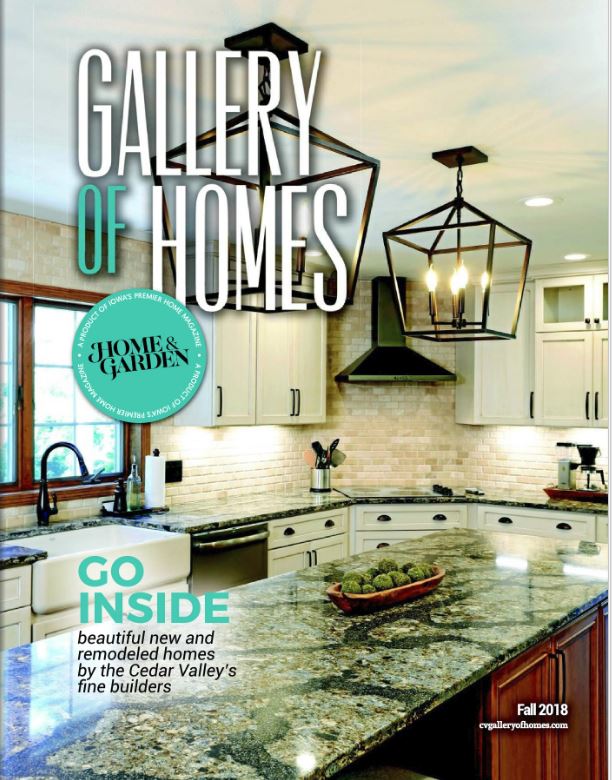Key Considerations When Building Your Family Dream Home

Building your own house is an exciting, rewarding experience, especially when that property is meant to become a family home where you and your children can grow and develop together. But such a grand task may feel intimidating or overwhelming to even know where to begin! If you are beginning this building process—or want to begin but aren’t sure how to do so—here are a few key considerations that will help get you going on the plans and process of creating your dream home.
Choosing a Location
The first thing to decide is where to build. The inside of your home should be a comfortable place to perform daily tasks, but the actual location of that home almost entirely determines your accessibility to essential resources : educational, social, extracurricular, hobbies, sustenance, medical help, etc. So, what is important to you? What do you want comfortable, easy access to? Pick a location that offers opportunities for development for you and the members of your family as well! This is one of the most important and most research-heavy aspects of home planning—take the time to do some digging into the reputations of areas including their social scene and professional or educational standards. Your entire family will benefit greatly from a setting in which they can grow themselves!
Determining the Home Size
How big should your dream home be? Too small, and you’ll be cramped, stressed, and frustrated with your lack of space for both living and storage. Too big, and you’ll be paying for space you have no need for and no idea what to do with. Determining your home size comes down to a few questions: how comfortable am I now?; how do I anticipate my family growing in the next decade?; do I expect to be hosting or entertaining guests with any frequency?; is my family at home a lot or a little?; and, of course, what can I afford? Evaluate each of these questions and turn to other people for advice or recommendations! Ask friends, family, neighbors, anyone with similar family sizes or circumstances or with homes that you feel would fit you well, about their feelings and experiences within those homes.
Designing a Floor Plan
Create a floor plan that offers sufficient space and privacy for each family member. It may be wise to consult an architect with your blueprint ideas to ensure that your vision is plausible for the structural foundation and all the logistical, functional parts of that foundation. The aesthetic design of your home will also rely heavily on the floorplan to turn out how you envision. Start with checking the boxes for your family’s needs in a room, then adjust for spatial needs, then for aesthetics and flow!
Reducing Your Home’s Carbon Footprint
Keep your carbon footprint in mind! Look into substitutions and technology that you can utilize in your home that require less energy to receive the same results for power, cooling, water use, etc. For example, Energy Star products can dramatically lower your home energy bills . Insulate your home well, use renewable, reusable materials, and install energy-saving tech like motion sensor lights to keep your energy usage and costs low. With an entire family using your home 24/7, you’ll be grateful for the cost cuts, and you can feel proud of your contribution to a cleaner environment!
Safety Features
For your family’s safety, make sure you install protection systems to ward off unwelcome “guests” and warn you of natural dangers inside or outside of your home. CO2 and smoke alarms, flooding systems, security systems on windows and doors, deadbolts, fire extinguishers or sprinklers using all of these things doesn’t make you paranoid, it simply ensures you’re prepared! Be ready for any accident or harm and you can feel confident that your family will stay safe.
Building Materials
The materials used to make your house are not to be settled for, or left as an afterthought. Materials available to you may differ depending on your location. Consider the pros and cons of each option as you determine the materials you feel comfortable with for your walls, flooring, and other features of your interior like kitchen counters, cabinets, shelving, and more. Wood is a classic material that is popular for its variety in color and texture, as well as for its sturdiness and durability. Even more durable (but noticeably more expensive) is stone or masonry—these still have a classic, rustic look, but with the added durability of natural rock. Metal, too, is a common option for framework because of its significant strength without being difficult to move and maneuver.
Creating a Budget
Obviously, every decision you make regarding your home’s building design, materials, and process, need to be made with your budget in mind. Formulating your budget for an endeavor like building a house is another task that would be well served by consultation with architects, real estate professionals, technical professionals, and your financial advisor. It may help to create a list of your wants in your home and then prioritize them—figure out what you’re willing to compromise and what you want to be firm on. As you then allocate funds to each part of your construction process, you can better balance your financial plans. Don’t forget to include insurance costs and provide a buffer or safety net fund for unexpected accidents and roadblocks that may come up along the way!
Ability to Adapt
Every year will bring new developments to your home and family. Make sure that your home is able to adapt to such changing circumstances —ones you anticipated coming, as well as ones you would never have seen coming! Basically, don’t be so set on your dream home plans that you make a big mistake or let a great opportunity pass you by. Create opportunities for growth and change, because your family is sure to do so as well!
Getting your dream home is an exciting experience, but also one that requires some major research and forethought to ensure success. Keep these things in mind, and you’ll better enjoy the process of designing and establishing the perfect home for you and your family!
Read this next: What Are the Most Important Design Elements of a Custom Home?
